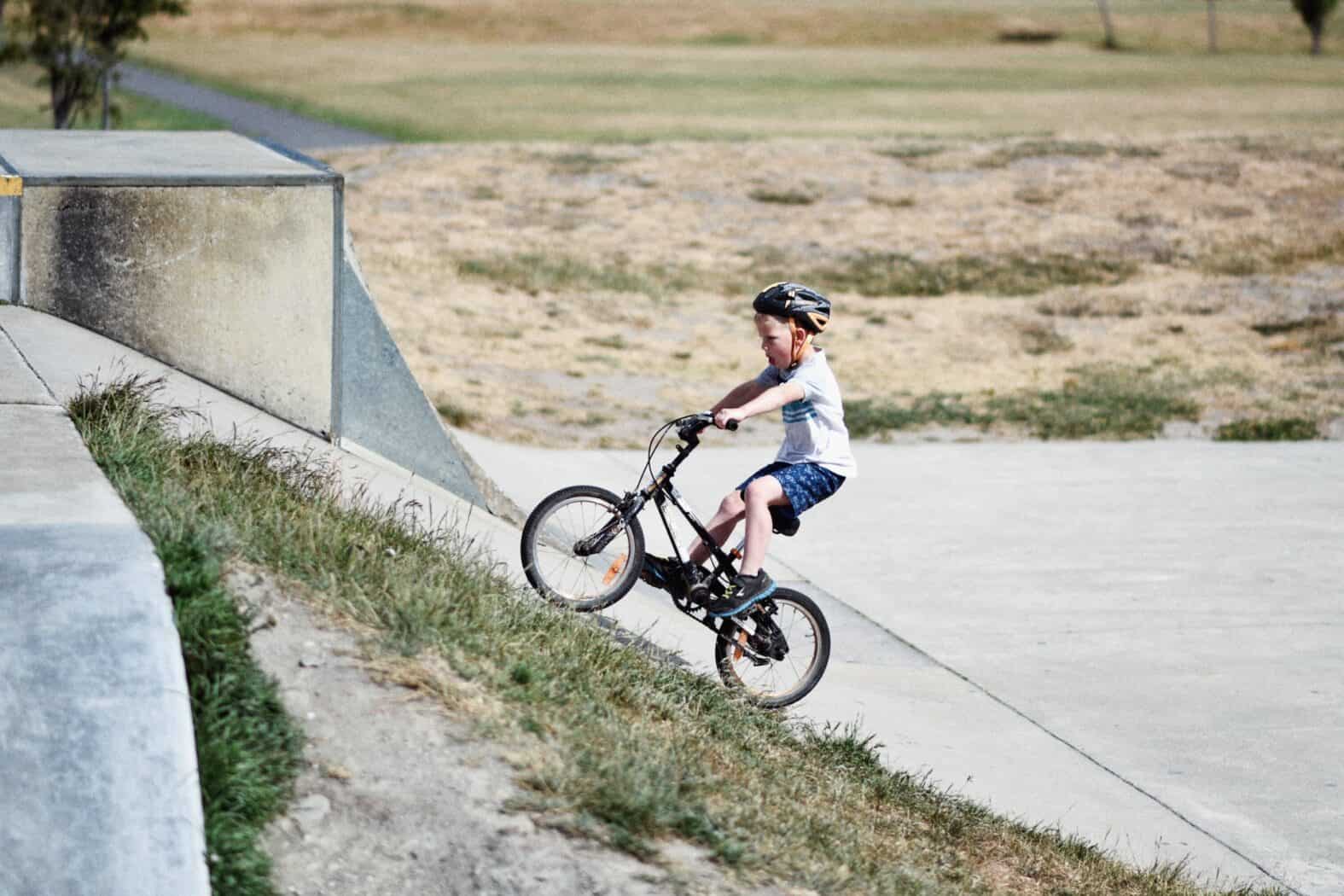
Athletes of the Fine Muscles
By Galen Lastko,
Fine motor skills are one of humanity’s greatest tricks. While we lack the strength and powerful grip of our primate cousins, we have among the most sensitive and sophisticated dexterity of any animal, owing mostly to our facility with tools. Tools have allowed us to specialize in delicate and precise tasks in a way most other mammals have little use for, which in turn led to the development of even more sophisticated technology until eventually we ended up with internal combustion engines and microprocessors. We spend a great deal of time as children developing the fine motor skills which have become almost necessary in society: writing, manipulating computers or other job-related tools, driving, cooking, and many other common feats are indebted to thousands of years of biological specialization and evolution.
Gross motor skills
Gross motor skills are more instinctual.
The distinction between fine and less-fine or “gross” muscle skills is not an exact science, but for our purposes, fine motor skills are those which are not reliant on pure physical power: Primarily this includes movements of the hands and feet, but many subtler facilities such as speech can also be included. Gross motor skills are those which incorporate most of the body, such as running, climbing, or swimming, and some skills which involve objects such as catching or throwing. Gross motor skills are more instinctual and in some cases, do not deteriorate even after periods of inactivity. We usually don’t “forget” how to walk or swim (or, for example, ride a bicycle), although our ability to perform these tasks can deteriorate as our bodies age.
Fine motor skills
Fine motor skills may become clumsy or awkward.
Our fine motor skills are part of what makes us human, and are responsible for almost everything we use or wear, from spears to screwdrivers to space suits. Using hand tools, playing a musical instrument, tying your shoelaces, knitting or crocheting, and typing are all fine motor skills. As they are much less ingrained in our biology, and if neglected for long periods, some fine motor skills may become clumsy or awkward. Performing certain gross motor tasks with an extremely high level of accuracy or precision, such as throwing a ball accurately, often incorporate fine motor skills as the element of control: many apes are capable of throwing objects, but not with much accuracy, and sadly, none of them have a split-finger fastball.
Learning stages of motor skills
Fine motor skills develop alongside our gross motor skills as we grow up, and they benefit from all the practice that kids are naturally drawn to. There are three basic stages to learning both gross and fine motor skills: the cognitive phase, which primarily involves the brain determining what needs to be done; the associative phase, where we begin to see a desired result and correct our efforts; and the autonomous phase, when the motor skill becomes automatic and no longer requires concentration. Although most of our basic motor skills such as sitting up and grasping objects are taken care of during infancy and toddlerhood, as children and adolescents our fine motor skill acquisition becomes a more conscious effort, as we learn to write, tie our shoes, play outside, and perform household chores, in some cases selecting specific activities to practice. While the skills we acquire may be a reward in and of themselves, there is evidence that the process of learning and practicing fine motor skills can provide lasting benefits to our neurological health.
Functionality can be retained by continually practicing and performing fine motor tasks.
As we get older, our natural affinity for delicate tasks slowly deteriorates. A certain amount of functionality can be retained by continually practicing and performing fine motor tasks. Knitting, drawing, sewing, playing with clay, and other concentrated, detailed use of the hands can provide a means for rehabilitating fine motor skills lost to age, stroke, Parkinson’s disease, cerebral palsy, traumatic brain injury, multiple sclerosis and even some kinds of paralysis. Playing a musical instrument or singing can also help retain and retrain fine motor skills, thanks in part to the highly rhythmic nature of our nervous systems. According to a paper published earlier this year, music-based therapy can help retrain an uncooperative nervous system by allowing us to synchronize physical actions with musical rhythms. Humans naturally entrain to rhythmic sounds, even as infants, and performing simple tasks to a beat has been shown to help a variety of patients overcome their difficulties with fine motor skills. In short, the more you challenge your body and brain with delicate tasks, the longer you’ll be able to enjoy the fullness of your human dexterity.
Galen Lastko, submitted on behalf of the SoHum Health’s Outreach department.
Related: Mental Health, Wellness